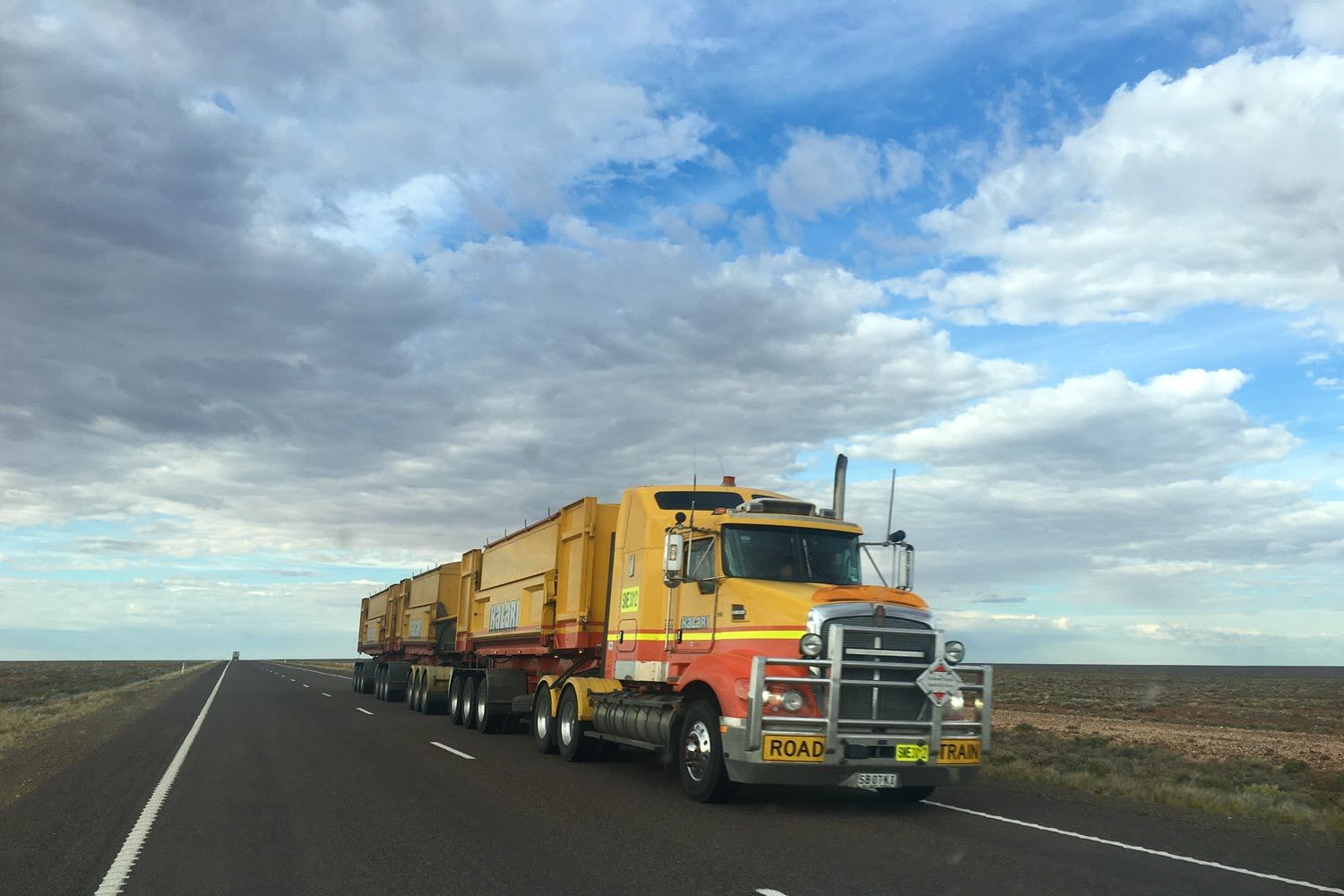Light-duty vehicles
CO2 compliance pathways for EPA MY 2030 light-duty fleet – a case study
![]()
How are light-duty cars and trucks expected to meet future EPA fuel economy standards? What level of electrification would be required? Would hybrids play a role? How does one go about calculating it? Here’s a case study attempting to address some of these questions.
U.S. EPA Proposal for MY2027+ Light- and Medium-Duty Vehicles
![]()
On April 12th 2023, the U.S. EPA published a proposal to further reduce greenhouse gas and criteria pollutant emissions from light- and medium-duty vehicles beyond model year 2027. Here is a summary of this “multi-pollutant” regulatory proposal.
2022 Light-duty vehicle sales by powertrain and regional split
![]()
A summary of 2022 light-duty vehicle sales globally and by region, and split by powertrains.
Understanding the IRA for electric vehicles
![]()
In case you are confused by the Inflation Reduction Act in the US and it’s implications for electric vehicle incentives, then you are not alone. It’s an evolving story, and the U.S. Treasury Department is making clarifications to help consumers understand what’s in it for them. The latest revised guidelines expand the list of vehicles which qualify for the $7,500 tax credits. Here’s a summary.
EPA proposes to revise national ambient air quality standard for fine particulates
![]()
The US EPA has proposed to revise the annual PM2.5 national ambient air quality standard (NAAQS) from 12 ug/m3 (micrograms per cubic meter) to a level of 9 – 10 ug/m3. See here for a overview on reasons and implications.
Summary of Euro 7/VII proposal – criteria pollutants
![]()
The EU Commission has proposed Euro 7 / VII emission standards for light- and heavy-duty vehicles. Here is a quick tabular summary.
Latest California section 177 states – ZEVs, LEVs and ICE bans
![]()
Around 40% of the US now follows California’s tougher-than-federal criteria pollutant standards. Here’s a summary of the latest, including followers of the Advanced Clean Cars rule.
All eyes on the Euro 7 proposal
![]()
Here’s a summary of possible changes to emission standards for passenger cars being considered as part of Euro 7.
Heavy-duty vehicles
Revised CO2 standards in Europe for heavy-duty vehicles
![]()
Europe has proposed an ambitious revision to its heavy-duty vehicle CO2 emission standards. Here’s a summary of some of the revised and new elements
Hydrogen Fuel Cell Trucks
![]()
An updated summary of available hydrogen fuel cell electric trucks and buses, their announced range and hydrogen capacity.
CARB Advanced Clean Fleets – Proposing 100% electrification of heavy duty vehicles by 2036
![]()
A summary of CARB’s latest Advanced Clean Fleets proposal for heavy-duty truck electrification as discussed in the February 2023 Workshop.
EPA proposes to revise national ambient air quality standard for fine particulates
![]()
The US EPA has proposed to revise the annual PM2.5 national ambient air quality standard (NAAQS) from 12 ug/m3 (micrograms per cubic meter) to a level of 9 – 10 ug/m3. See here for a overview on reasons and implications.
Summary of EPA MY2027 heavy-duty engine standards
![]()
The US EPA has finalized its standards for heavy duty engines starting model years 2027 and beyond. Here is a summary of the standards and a high-level comparison with California’s low NOx rule published earlier.
Summary of CARB thinking on Non-road Tier 5 regulations
![]()
Here’s a summary of California’s latest thinking on “Tier 5” tailpipe NOx emission standards for off-road construction and farming equipment.
Summary of EPA proposal : Heavy-Duty Clean Trucks Plan
![]()
Here’s a summary of EPA’s proposed changes to tailpipe NOx and CO2 emission standards for HD trucks in the US beyond 2027.
California’s Advanced Clean Trucks regulation
![]()
This is an update to a previous article on the targets for electrification of heavy-duty trucks in the US. Initially developed in California (where else?!), now five more states have adopted these regulations.




